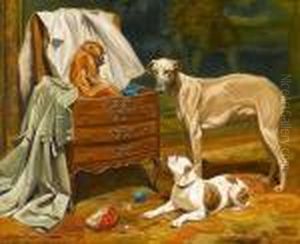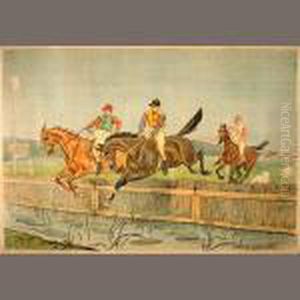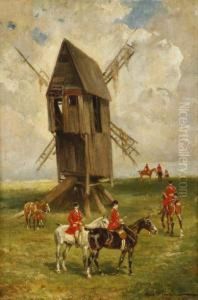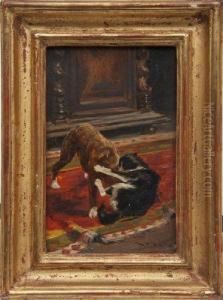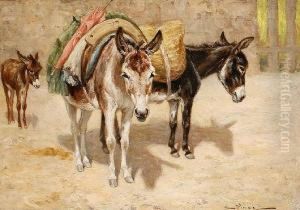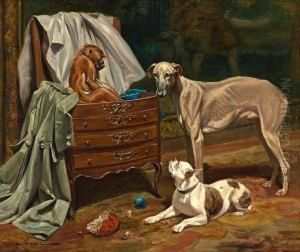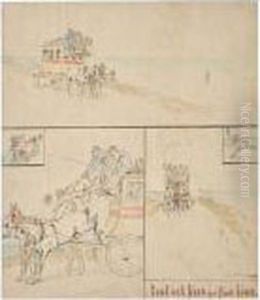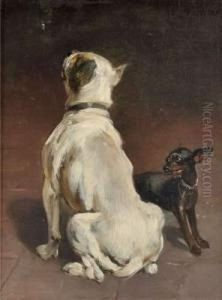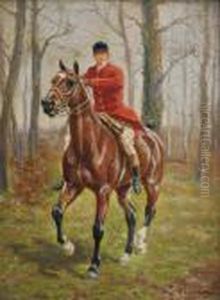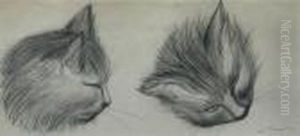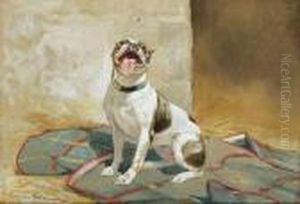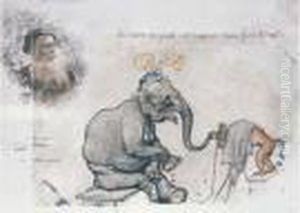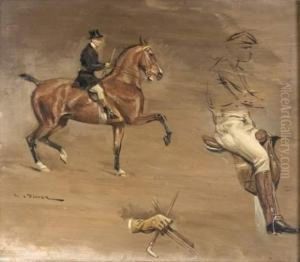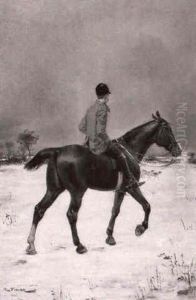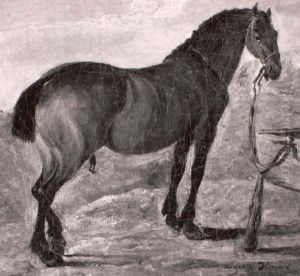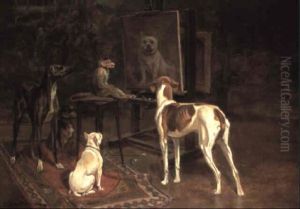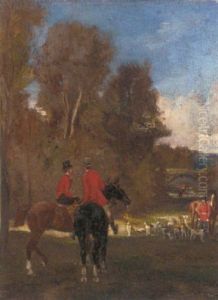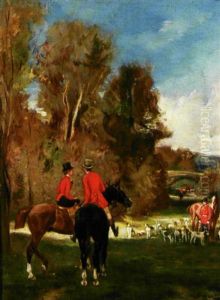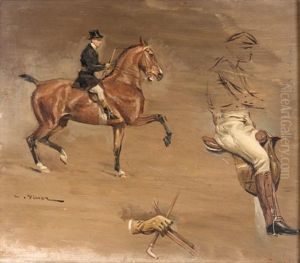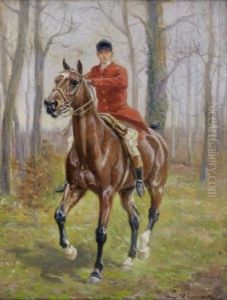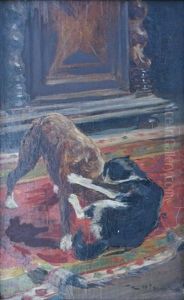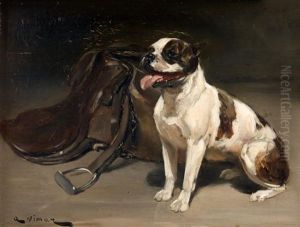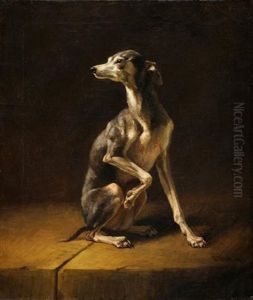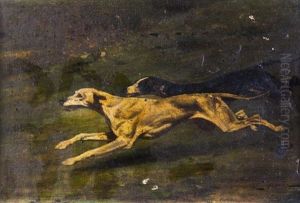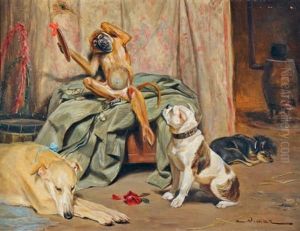Auguste Vimar Paintings
Auguste Vimar was a French artist known for his paintings, illustrations, and sculptures, born in 1851 in Marseille, France, and passing away in 1916. Vimar's artistic journey began at a young age, influenced by the vibrant culture and scenic beauty of Marseille. He showed an early aptitude for drawing and painting, which led him to pursue formal education in the arts. Vimar studied at the École des Beaux-Arts in Marseille, where he honed his skills and developed a distinctive style that combined elements of realism and whimsy.
During his career, Vimar gained recognition for his animal paintings and humorous illustrations. He had a particular fondness for depicting scenes that featured animals engaged in human activities, a theme that became a hallmark of his work. His illustrations often appeared in popular magazines and books of the time, charming audiences with their wit and imaginative flair. Vimar's ability to imbue animals with human-like qualities, while maintaining a sense of their natural essence, set his work apart and endeared him to both art critics and the public.
In addition to his illustrations, Vimar was an accomplished painter and sculptor. His paintings often explored similar themes as his illustrations, with animals frequently serving as the primary subjects. These works were celebrated for their vibrant color palette, attention to detail, and emotional depth. Vimar's sculptures, though less known than his paintings and illustrations, also demonstrated his versatile talent and love for animals.
Throughout his life, Vimar exhibited his works in various salons and galleries, achieving considerable success and acclaim. His art was not only appreciated in France but also gained international recognition. Today, Auguste Vimar's legacy lives on through his contributions to the art world, particularly in the realm of animal depiction and illustration. His work continues to be celebrated for its charm, creativity, and unique perspective on the animal kingdom.
